The Nothing Phone (1) is a better, affordable Pixel 7 alternative than the Pixel 6a
Google’s Pixel flagships are all the rage at the moment and rightfully so. After all, both, the Pixel 7 (review) as well as the Pixel 7 Pro (review) feature the company’s all-new Tensor G2 SoC which isn’t just a speedy chipset but the SoC also brings a treasure trove of improvements in the photography department thanks to its improved ML chops. Suffice it to say, the Pixel 7 and the Pixel 7 Pro are packed to the brim with impressive features and as such, cost a pretty penny. And, while buyers looking for an affordable Pixel could opt for the Pixel 6a (review), I’d wager you’ll get a more polished experience with – wait for it – the Nothing Phone (1) (review). To know why, read on.
Nothing Phone (1) vs Google Pixel 6a
Let’s kick things off by taking a closer look at the design of the two devices. Right off the bat, the Nothing Phone (1)’s glyph interface – which, if you’ve been living under a rock, is a set of LEDs plastered on the phone’s back – appear distinctive and captivating. Furthermore, the smartphone ships an aluminium frame that feels more premium to the touch too. That’s not to say that the Pixel 6a looks bad. However, the Nothing Phone (1) will surely make a bigger splash every time you take it out of your pockets.
I’d also like to add that the Glyph interface is not all for show and the LEDs actually serve a purpose. In fact, Nothing allows users to map incoming notifications to various Glyph patterns, thereby making the phone stand out that much more. The LEDs can even mimic the phone’s battery level whenever you plug in a charger, which is neat. Speaking of which, neither of the two handsets ship with a charger in the box. However, the Phone (1) does have an ace up its sleeve. To wit, the device is the only phone in its price bracket to ship with wireless charging smarts. I should also add that while both the phones employ speedy in-display fingerprint sensors, the Nothing Phone (1) supports facial recognition too, which is not present on the Pixel 6a.
Display-wise, you should know that the Pixel 6a ships with a 6.3-inch, FHD+, OLED display. The Nothing Phone (1), on the other hand, features 6.55-inch, FHD+, OLED screen. Interestingly, the device’s display is bordered by symmetrical bezels on all sides, which is not the case with the 6a’s screen. More notably, the Phone (1)’s display refreshes at 120Hz, which is a big step up compared to the 6a’s 60Hz panel. Unsurprisingly, you’ll have a much better time browsing your social media feeds, reading articles or navigating through the UI on the Phone (1).
If anything, the Pixel 6a’s screen can relay HDR media from OTT services like Netflix. Be that as it may, the lack of an HRR panel is a huge bummer that doesn’t tip the scales in the 6a’s favour. What’s more, the Phone (1)’s display is backed by Gorilla Glass v5, which is more resilient to scuffs than the Pixel 6a’s Gorilla Glass v3 layering too.
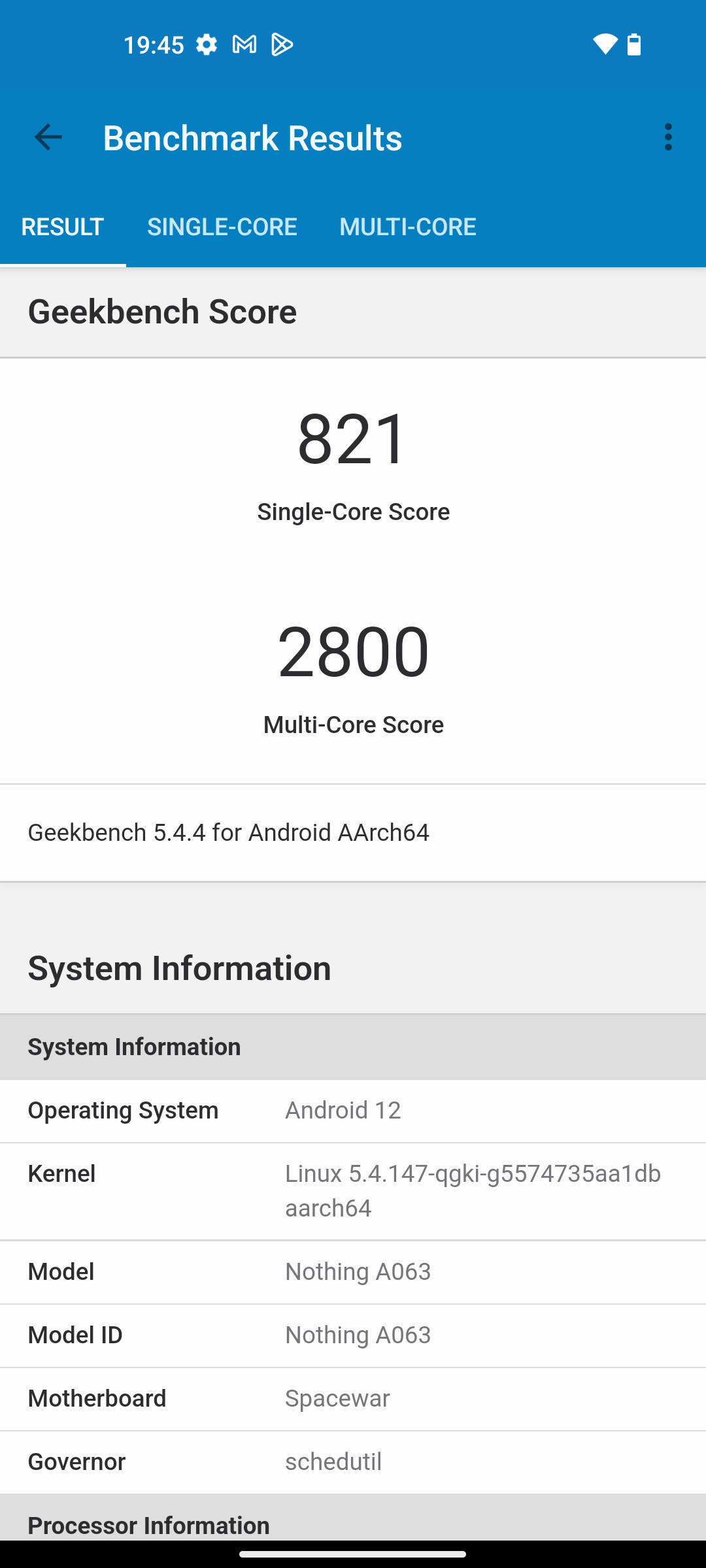
Now, you could make a case for the Pixel 6a’s Tensor SoC, which is a tad snappier than the Snapdragon 778G Plus SoC powering the Phone (1). But, synthetic benchmarks aside, both phones are equally rapid for routine tasks. In fact, the 778G Plus platform is not as susceptible to thermal throttling either, which is evident if you look at the numbers overturned by our contenders in the 3DMark Extreme Stress test or CPU throttle test. Furthermore, both, the Nothing Phone (1), as well as the Pixel 6a, run demanding games like CoD Mobile and Apex Legends Mobile at the same graphics and FPS presets.
In fact, the Phone (1) offers a smoother gaming experience with lesser instances of lag or stutter. I have documented the same in my in-depth performance comparison between the devices, so do give it a read if you want more insights on the same. That’s not all, as while both phones can last a full day off a single charge, the Pixel 6a’s 4,410mAh cell takes almost two hours (18W fast charging) to refuel completely. On the flip side, the Phone (1) can replenish its 4,500mAh battery in a little over one hour and ten minutes (33W fast charging), which is great. And, as prefaced previously, you can charge the phone wirelessly too.
Needless to say, both phones run a stock version of Android and will reportedly get three major OS updates. That said, the Phone (1)’s interface ships with some nifty tweaks, including support for third-party icon packs as well as a bunch of unique, good-looking widgets. Moving on, let’s take a look at our competitor’s camera arrays. To that note, the Phone (1) ships with a dual-camera setup comprising a 50MP primary sensor and a 50MP ultrawide sensor. For selfies, the device gets a 16MP camera up front. The Pixel 6a, on the other hand, uses a 12.2MP main sensor that works alongside a 12MP ultrawide snapper. Up front, the device gets an 8MP selfie camera.
Now, I’ve already compared the cameras on the Nothing Phone (1) and the Pixel 6a however, since that article went live, Nothing’s offering has received a handful of updates that have seemingly bettered its camera capabilities. Don’t get me wrong, the Pixel 6a’s main camera still brings out the details of human subjects better. Furthermore, I much prefer the contrast-y tones in the handset’s images. But, for the most part, the Phone (1)’s cameras deliver a fantastic photography experience that is on par with Google’s offering.
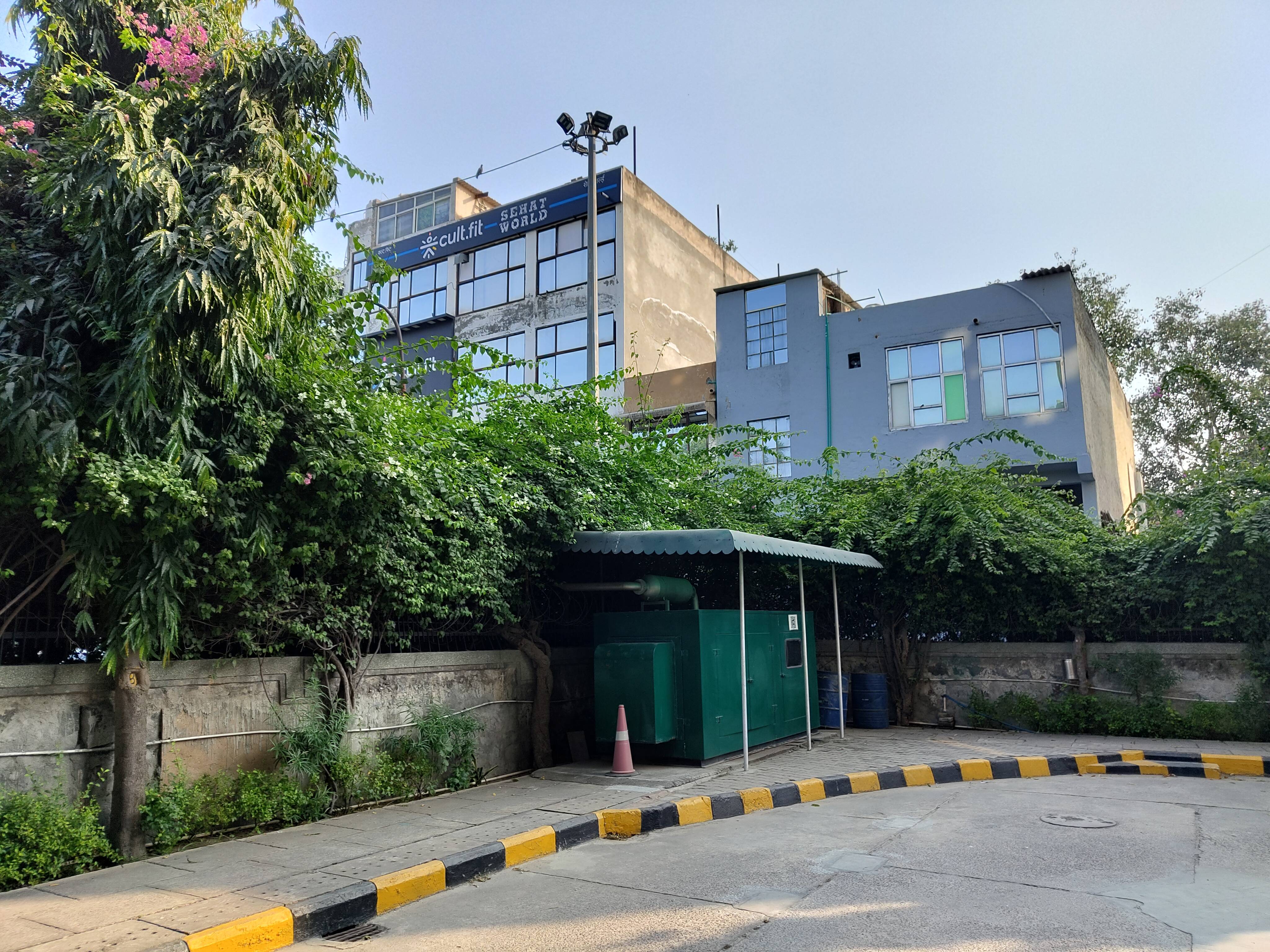
As an example, take a look at the slider attached above wherein, the shot of my apartment complex looks eerily similar through our contenders’ respective primary sensors. The Pixel 6a’s snap has spruced up the green hue of the leaves but, barring that, the images are neck and neck.
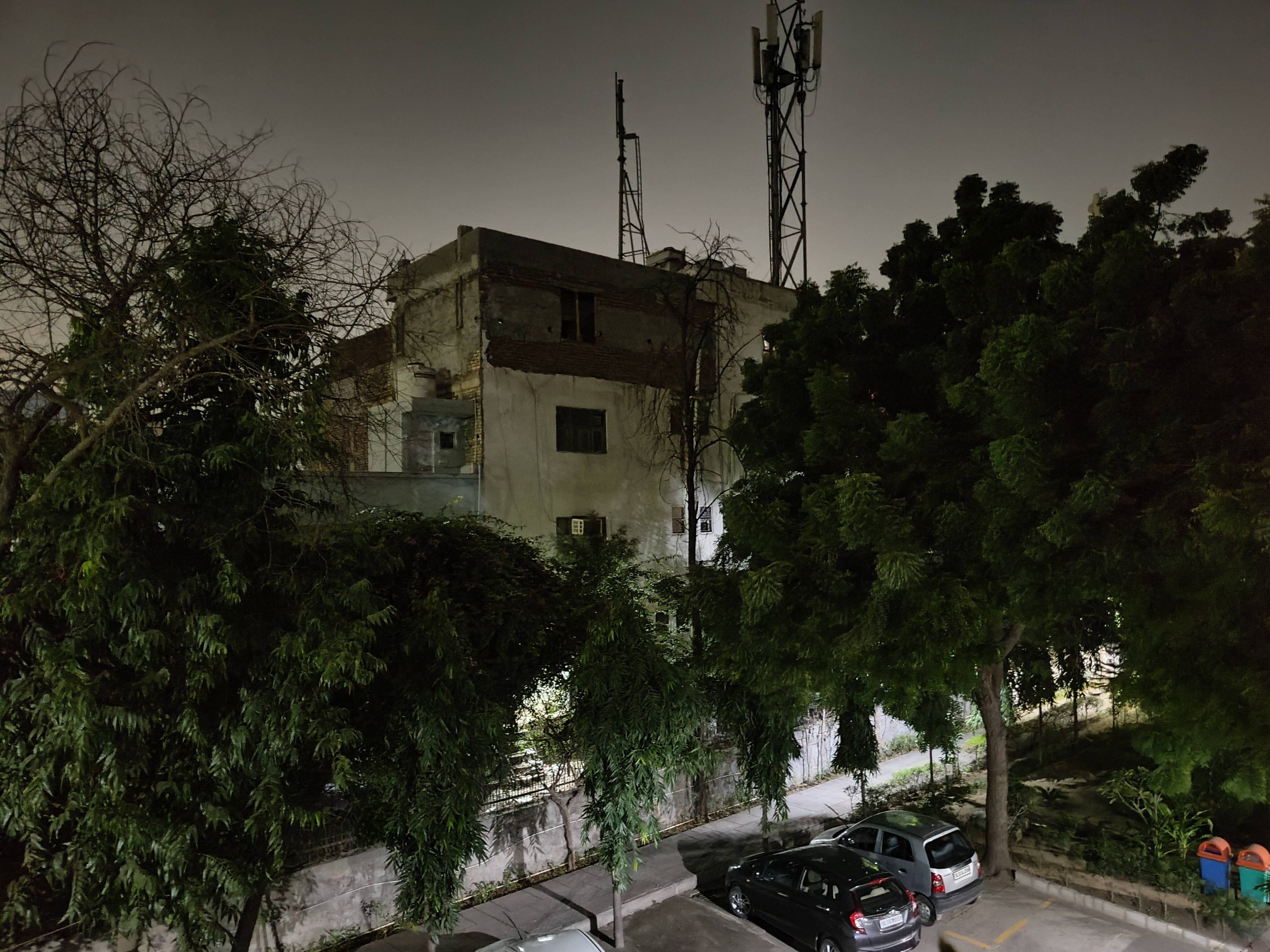
Having said that, I noticed that the Phone (1)’s pixel-binned lowlight images were a tad sharper. Case in point, the slider attached above wherein, you can tell that the texture of the grey Santro has been reciprocated better in the Phone (1)’s photo.
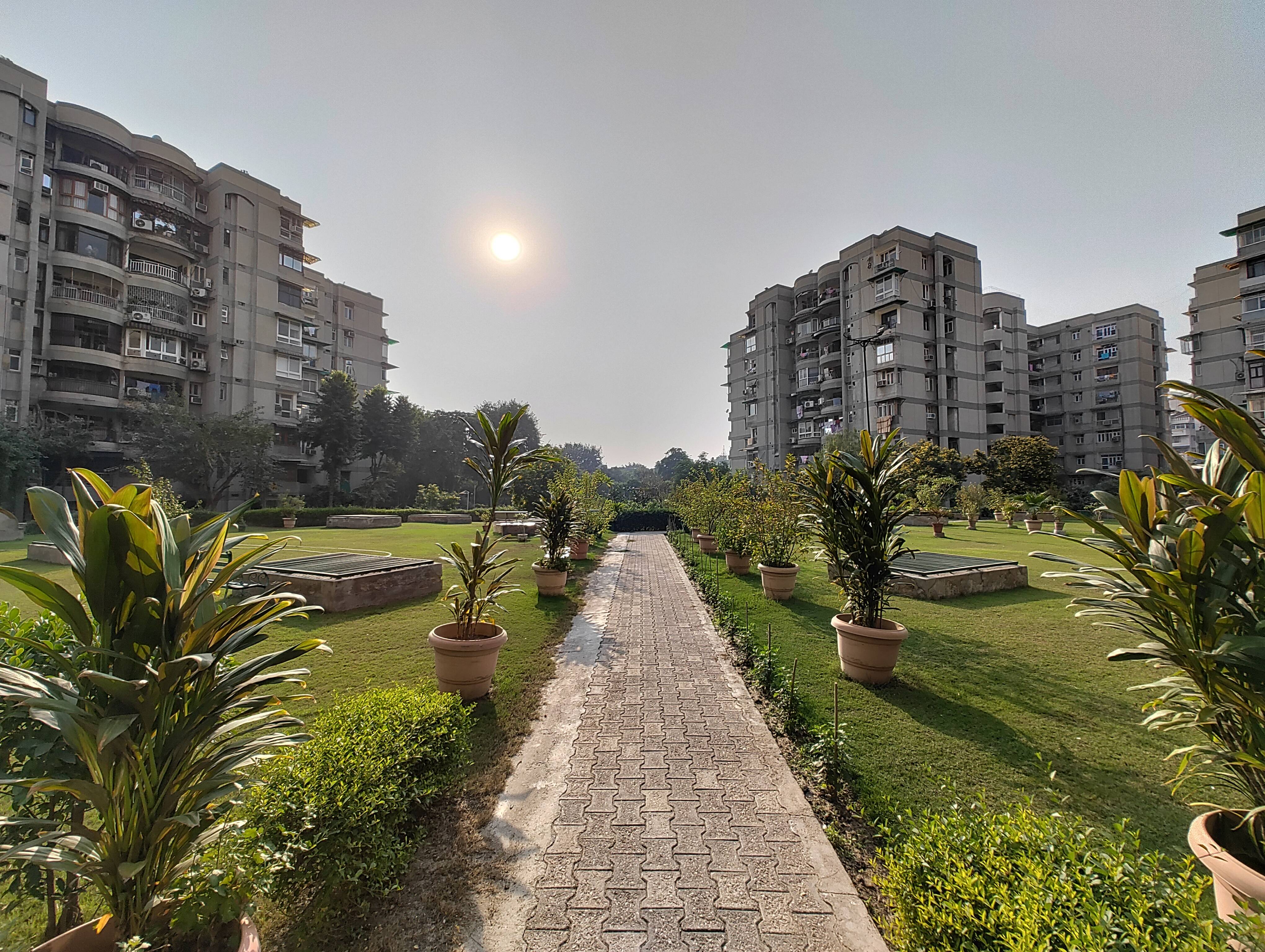
The same goes for the ultrawide images too. In fact, both phones introduce chromatic aberration in the shots taken from their respective ultrawide snapper, which is a bummer. That said, the Phone (1) could expose overtly bright scenes better, which is evident by the flare from the sun in the sample shots attached above.

As for selfies, both phones will impress you with their front-facing cameras. And, while the Pixel 6a does edge out in front owing to its likable post-processing, the Phone (1)’s snap is quite good too. Let me know which one you prefer in the comments below.
Nothing Phone (1) vs Pixel 7
I am sure you must be wondering whether the Phone (1) can hold a candle to the Pixel 7 too. To cut a long story short, the Pixel 7 is in a league of its own. The handset’s design, for instance, is a notch above both, the Pixel 6a, as well as the Phone (1). To wit, the device employs a mix of metal and glass for its construction which lends the smartphone a luxurious in-hand feel. The icing on the cake is that the phone is equally robust too and unlike its lesser-priced sibling and rival, the Pixel 7 comes with IP67 certification, making it impervious to damage from water or moisture. Lest I forget, the handset comes enveloped in Corning Gorilla Glass Victus as well, thereby keeping scratches and scuffs at bay.
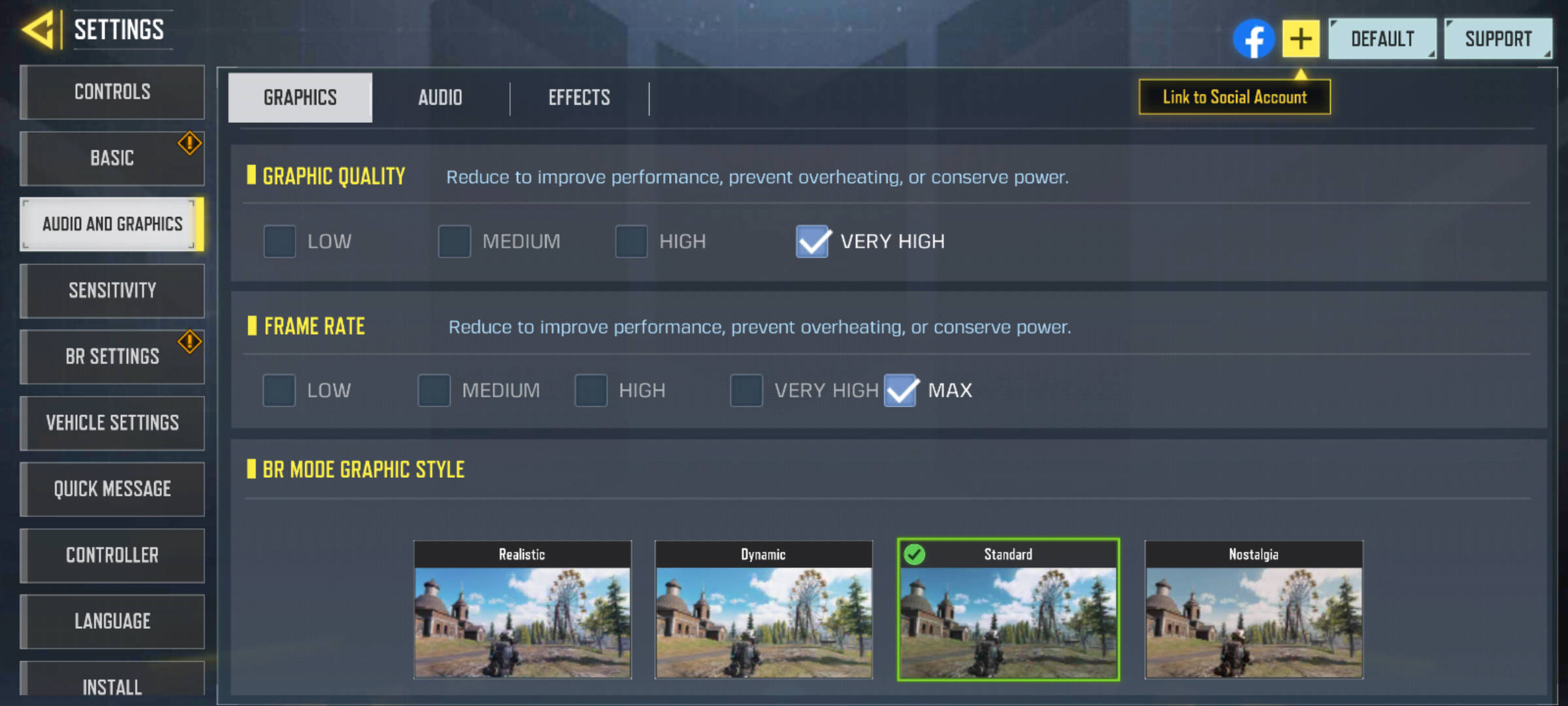
The handset improves upon the 6a’s performance chops with the all-new Tensor G2 SoC too, which isn’t just faster but throttles less as well. What’s more, the chipset can run demanding games at better graphics and FPS presets as well. CoD Mobile, for instance, can leverage the 90FPS mode on the Pixel 7, albeit maxes out at 60FPS presets on the 6a as well as the Phone (1). Making matters more interesting, the smartphone can hold its own when subject to sustained workloads too, which is substantiated by the device’s CPU Throttle Test and 3D Mark Extreme Stress test runs. You can refer to the slider attached below for more insights on the smartphone’s benchmark numbers but rest assured, the device offers better performance than the Phone (1) and the Pixel 6a.
The scenery remains unchanged in the photography department as well and the Pixel 7 outshoots the Nothing Phone (1) in a variety of scenarios. In fact, we recently took the phones for a spin and while the Phone (1) could keep up with the Pixel 7 in daylight situations, the handset felt short in other areas, including clicking photos of human subjects and close-ups. Do give the article a read if you want more insights on the same. Moving on, the Phone (1)’s display refreshes quicker, however, the Pixel 7 can relay HDR media encoded in both, HDR 10 as well as Dolby Vision codecs. Furthermore, the handset’s display gets brighter too, making it a godsend for those who are always out and about.
Verdict
The Nothing Phone (1) costs Rs 32,999 and for the price, undercuts the Pixel 6a by a reasonable margin. Despite that, the smartphone comes equipped with a snappier display, a more luxurious design that is compliant with wireless charging tech, support for face recognition, faster wired charging speeds, and comparable performance and photography experience. The cherry on the cake is that the smartphone offers a similar software update roadmap as well. All said and done, the Nothing Phone (1) deserves a second look and is – at least in my books – a more well-rounded, affordable alternative to the Pixel 7 over the Pixel 6a.
For all the latest Technology News Click Here
For the latest news and updates, follow us on Google News.
